Home>Furniture & Design>Interior Design Trends>Who Invented The Glass Harmonica
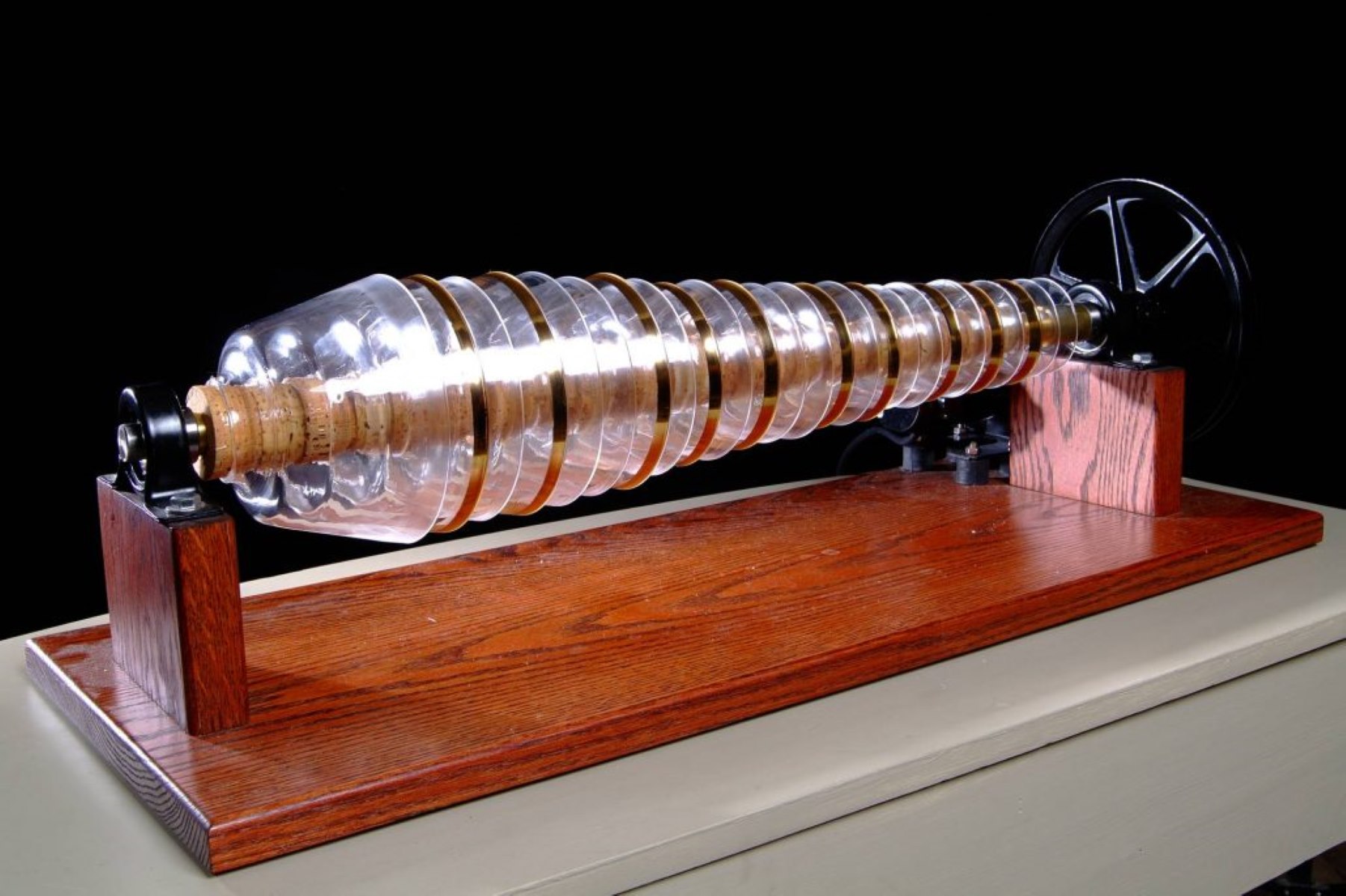

Interior Design Trends
Who Invented The Glass Harmonica
Modified: October 20, 2024
Discover the history of the glass harmonica and its impact on interior design trends. Learn about the inventor and the instrument's unique qualities.
(Many of the links in this article redirect to a specific reviewed product. Your purchase of these products through affiliate links helps to generate commission for Storables.com, at no extra cost. Learn more)
Introduction
The glass harmonica, also known as the glass armonica or the armonica, is a mesmerizing musical instrument with a rich history and a unique, ethereal sound. Its hauntingly beautiful tones have captivated audiences for centuries, making it a fascinating subject of both historical and musical intrigue.
The glass harmonica is a truly distinctive instrument, as it is played by rubbing one's moistened fingers along the rims of glass bowls or goblets of varying sizes, which are arranged in a graduated format. This action produces an otherworldly sound that is both haunting and enchanting, evoking a sense of mystery and wonder.
Throughout its history, the glass harmonica has been associated with an air of mystique and allure, often being linked to tales of the supernatural and the occult. Its ethereal sound has been likened to the celestial music of angels, adding to its enigmatic appeal.
As we delve into the history and evolution of the glass harmonica, we will uncover the fascinating stories and individuals who have contributed to its legacy. From its invention to its modern-day presence, the glass harmonica continues to intrigue and inspire musicians and enthusiasts alike.
Join us on a journey through time as we explore the captivating world of the glass harmonica, unearthing the secrets and stories that have shaped its remarkable existence.
Key Takeaways:
- The glass harmonica, invented by Benjamin Franklin, produced hauntingly beautiful sounds by rubbing moistened fingers on glass bowls. It gained popularity but declined due to health concerns, yet is experiencing a revival in contemporary music.
- Despite its decline in popularity, the glass harmonica’s unique sound continues to captivate modern audiences, inspiring a resurgence of interest and appreciation. Its ethereal quality adds a touch of mystique to contemporary music.
Read more: Who Invented Bulletproof Glass
History of the Glass Harmonica
The history of the glass harmonica is a tale woven with threads of innovation, creativity, and musical ingenuity. Its origins can be traced back to the 18th century, a time of great intellectual and artistic exploration. The concept of creating music from glass dates back even further, with the use of glass harps and other glass instruments in the 17th century. However, it was the invention of the glass harmonica that truly revolutionized the way glass could be utilized as a musical medium.
The glass harmonica was the brainchild of the skilled artisan and musician, Benjamin Franklin. In 1761, Franklin was inspired by the hauntingly beautiful tones produced by the rubbing of wet fingers on the rims of wine glasses. This led him to envision a more sophisticated and practical instrument that could replicate and enhance these ethereal sounds. Franklin's innovative spirit and scientific acumen spurred him to create a new musical instrument that would captivate audiences and stand the test of time.
Drawing from his expertise in glassmaking and his deep understanding of acoustics, Franklin designed the glass harmonica to consist of a series of glass bowls or goblets of varying sizes, arranged in a graduated format. Each glass bowl was carefully crafted to produce a specific pitch when rubbed with a moistened finger, allowing for a range of musical notes to be played. This ingenious design transformed the glass harmonica into a versatile and enchanting instrument, capable of producing a hauntingly beautiful sound that resonated with audiences across the globe.
The glass harmonica quickly gained popularity, captivating the hearts and minds of musicians and listeners alike. Its unique timbre and ethereal quality set it apart from traditional instruments, earning it a special place in the world of music. Composers such as Mozart and Beethoven were among the notable figures who were drawn to the mesmerizing tones of the glass harmonica, incorporating it into their compositions and elevating its status as a symbol of musical innovation.
As the glass harmonica continued to enchant audiences, it also sparked a sense of fascination and curiosity. Its association with the supernatural and the occult added an air of mystique to its allure, further cementing its place in history as a truly enigmatic musical instrument.
The history of the glass harmonica is a testament to the power of human creativity and ingenuity. From its humble beginnings to its enduring legacy, the glass harmonica stands as a symbol of artistic innovation and the timeless allure of music created from glass.
Benjamin Franklin and the Glass Harmonica
Benjamin Franklin, a polymath renowned for his contributions to science, politics, and literature, is also credited with the invention of the glass harmonica. In 1761, Franklin's fascination with the ethereal sounds produced by rubbing wet fingers on the rims of wine glasses inspired him to embark on a journey of innovation and creativity. His keen intellect and inventive spirit led him to envision a musical instrument that could replicate and enhance these hauntingly beautiful tones, thus giving birth to the glass harmonica.
Drawing from his expertise in glassmaking and his deep understanding of acoustics, Franklin set out to bring his vision to life. He designed the glass harmonica to consist of a series of glass bowls or goblets of varying sizes, arranged in a graduated format. Each glass bowl was meticulously crafted to produce a specific pitch when rubbed with a moistened finger, allowing for a range of musical notes to be played. This ingenious design transformed the glass harmonica into a versatile and enchanting instrument, capable of producing a hauntingly beautiful sound that resonated with audiences across the globe.
Franklin's innovative approach to the creation of the glass harmonica showcased his ability to blend scientific principles with artistic expression. His meticulous craftsmanship and dedication to perfecting the instrument's design resulted in a truly unique and captivating musical creation. The glass harmonica quickly gained popularity, captivating the hearts and minds of musicians and listeners alike.
As a testament to his multifaceted talents, Franklin's invention of the glass harmonica added yet another dimension to his illustrious legacy. His contributions to the fields of science, literature, and music continue to inspire and influence generations of thinkers and creators. The glass harmonica stands as a shining example of Franklin's ability to push the boundaries of innovation and leave an indelible mark on the world.
In the annals of history, Benjamin Franklin's role as the inventor of the glass harmonica remains a testament to the power of human creativity and ingenuity. His vision and dedication brought forth an instrument that continues to captivate and inspire, showcasing the enduring impact of his inventive spirit on the world of music.
The glass harmonica was invented by Benjamin Franklin in 1761. It is also known as the glass armonica or bowl organ.
The Glass Harmonica's Popularity and Decline
The glass harmonica, with its hauntingly beautiful tones and ethereal quality, quickly captured the hearts and imaginations of audiences across the globe. Its unique timbre and mesmerizing sound propelled it to the forefront of musical innovation, earning it a special place in the history of musical instruments. Composers such as Mozart and Beethoven were among the notable figures who were drawn to the mesmerizing tones of the glass harmonica, incorporating it into their compositions and elevating its status as a symbol of musical ingenuity.
During its peak, the glass harmonica enjoyed widespread popularity, captivating audiences in Europe and beyond. Its association with the supernatural and the occult added an air of mystique to its allure, further fueling public fascination with this enigmatic instrument. The glass harmonica's ethereal sound was often likened to the celestial music of angels, adding to its mystique and captivating listeners with its otherworldly quality.
However, despite its initial success and widespread acclaim, the glass harmonica's popularity eventually waned. Several factors contributed to its decline, including concerns about the instrument's potential impact on mental and physical health. Rumors and misconceptions regarding the instrument's supposed ability to induce madness and melancholy began to circulate, leading to a decline in its appeal and public reception.
Additionally, advancements in musical instrument manufacturing and the emergence of new musical trends gradually shifted the spotlight away from the glass harmonica. As the 19th century unfolded, the instrument's presence in concert halls and musical compositions diminished, marking a decline in its prominence within the musical landscape.
Despite its decline in popularity, the glass harmonica's legacy endures, serving as a testament to the enduring allure of its hauntingly beautiful sound. In recent years, efforts to revive and reintroduce the glass harmonica have emerged, sparking renewed interest in this enigmatic instrument. Contemporary musicians and enthusiasts have sought to rediscover the instrument's unique qualities, breathing new life into its timeless appeal.
As the glass harmonica's journey through history illustrates, its rise to prominence and subsequent decline reflect the ebb and flow of musical tastes and cultural perceptions. While its popularity may have waned, the glass harmonica's enduring legacy continues to captivate and inspire, ensuring that its ethereal sound will resonate for generations to come.
The Glass Harmonica Today
In the modern era, the glass harmonica continues to captivate audiences and musicians, drawing upon its rich history and enigmatic allure to carve out a unique place in the contemporary musical landscape. While its popularity may have experienced fluctuations over the centuries, the glass harmonica has found renewed interest and appreciation in recent years, sparking a revival that celebrates its hauntingly beautiful sound and timeless appeal.
Contemporary musicians and enthusiasts have embraced the glass harmonica, recognizing its ethereal tones as a source of inspiration and artistic expression. With a resurgence of interest in historical and unconventional musical instruments, the glass harmonica has found a new platform for exploration and innovation. Musicians are rediscovering the instrument's unique qualities, incorporating its haunting sound into diverse musical genres and compositions.
Furthermore, advancements in technology and craftsmanship have contributed to the revitalization of the glass harmonica, allowing for the creation of high-quality instruments that stay true to the essence of the original design. Skilled artisans and glassmakers continue to craft exquisite glass harmonicas, ensuring that the instrument maintains its distinctive timbre and enchanting allure.
The glass harmonica's presence in contemporary music extends beyond traditional performances, with artists exploring innovative ways to integrate its haunting sound into modern compositions and collaborations. Its ethereal quality adds a touch of mystique and enchantment to musical arrangements, creating a captivating sonic experience that resonates with audiences in new and unexpected ways.
Moreover, the glass harmonica has become a symbol of artistic revival and cultural appreciation, drawing attention to the historical significance of this enigmatic instrument. Festivals, concerts, and educational initiatives dedicated to the glass harmonica have emerged, fostering a community of enthusiasts and aficionados who seek to preserve and celebrate its legacy.
As the glass harmonica continues to weave its mesmerizing melodies into the fabric of contemporary music, it serves as a testament to the enduring power of innovation and creativity. Its ethereal sound transcends time and resonates with a new generation of listeners, ensuring that the glass harmonica remains a cherished and enigmatic presence in the ever-evolving tapestry of musical expression.
The glass harmonica today stands as a testament to the enduring allure of its hauntingly beautiful sound, captivating audiences and musicians with its timeless appeal. As it continues to find its place in the modern musical landscape, the glass harmonica remains a symbol of artistic innovation and the enduring power of human creativity.
Frequently Asked Questions about Who Invented The Glass Harmonica
Was this page helpful?
At Storables.com, we guarantee accurate and reliable information. Our content, validated by Expert Board Contributors, is crafted following stringent Editorial Policies. We're committed to providing you with well-researched, expert-backed insights for all your informational needs.
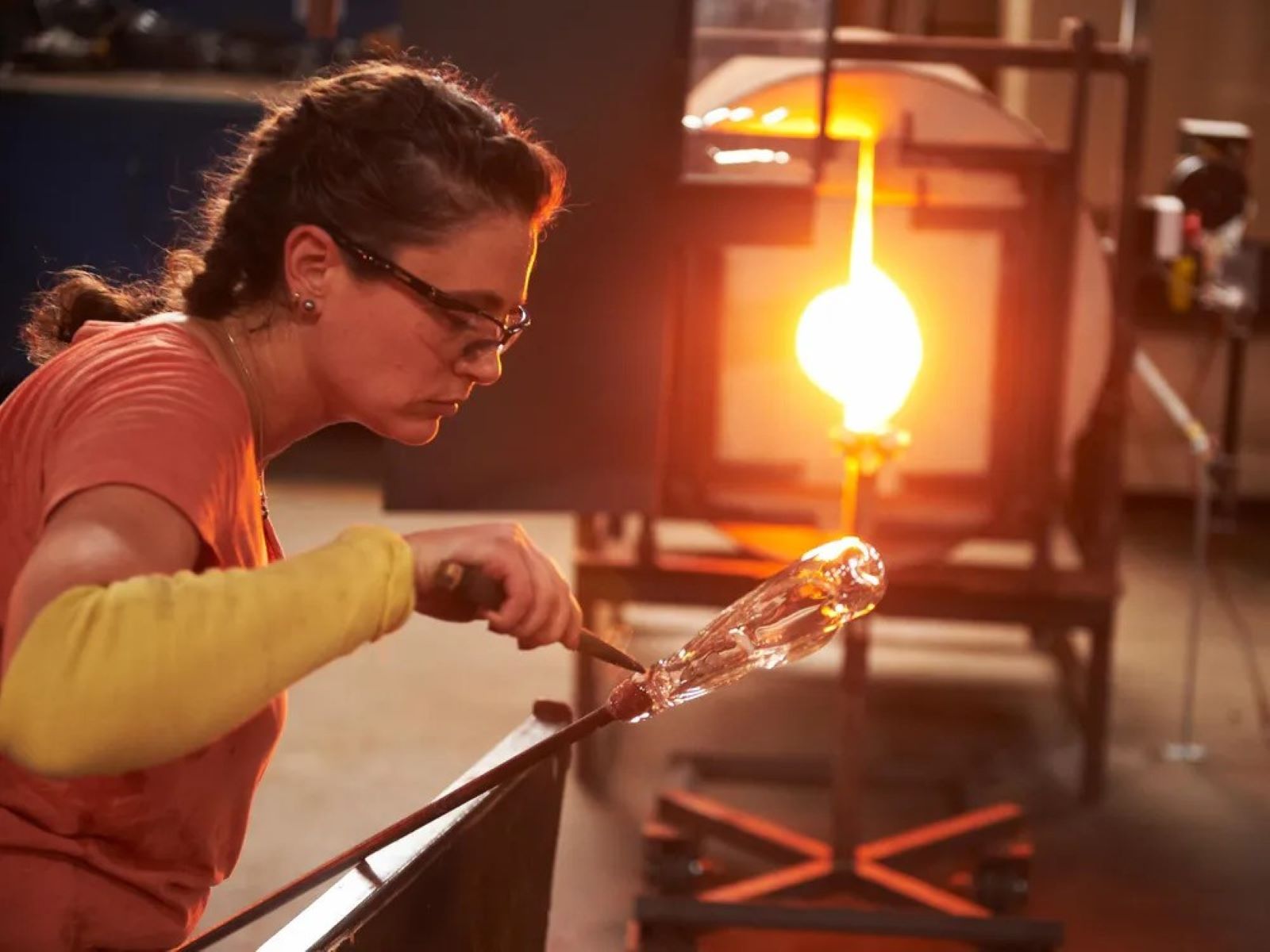

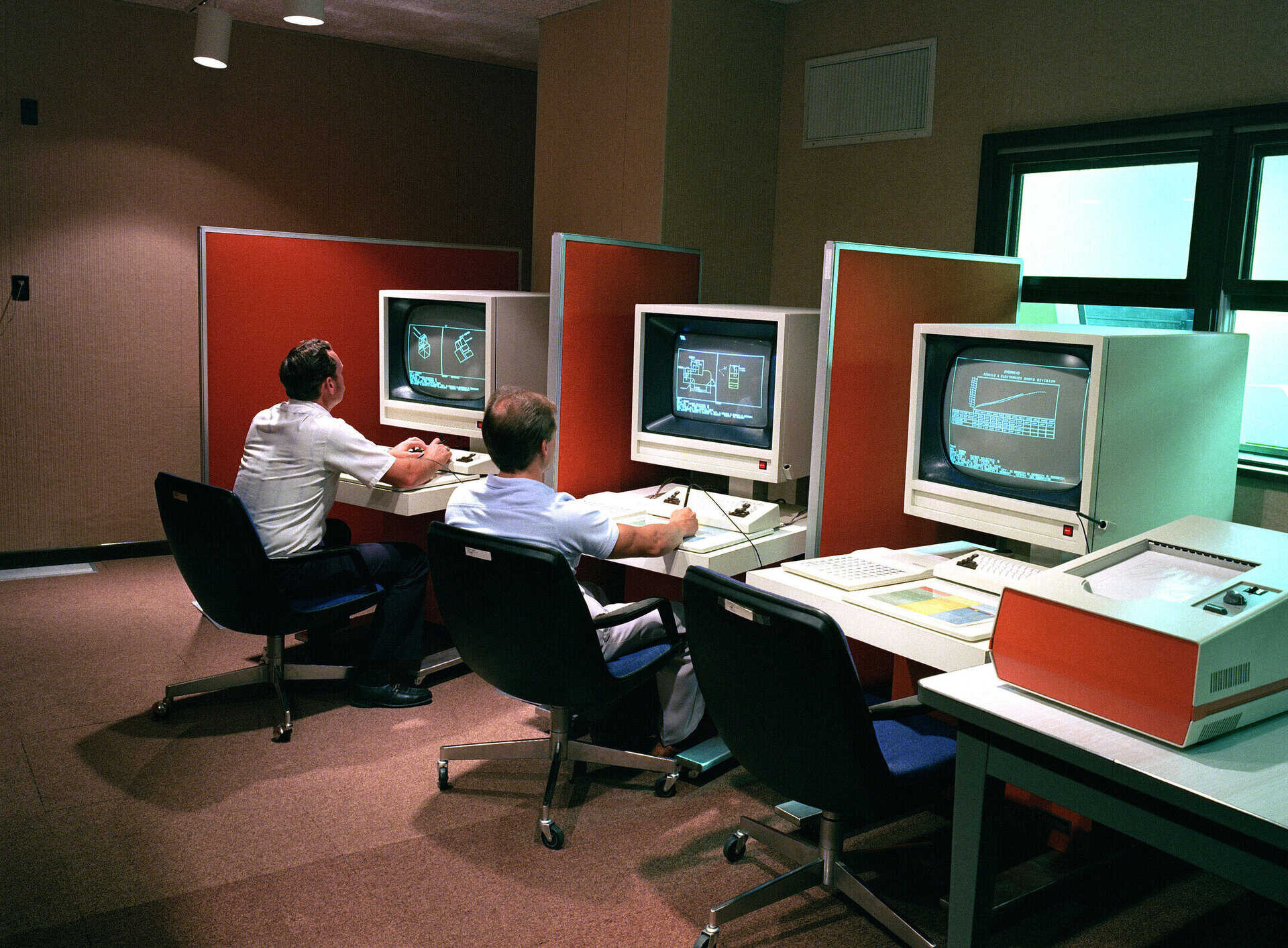
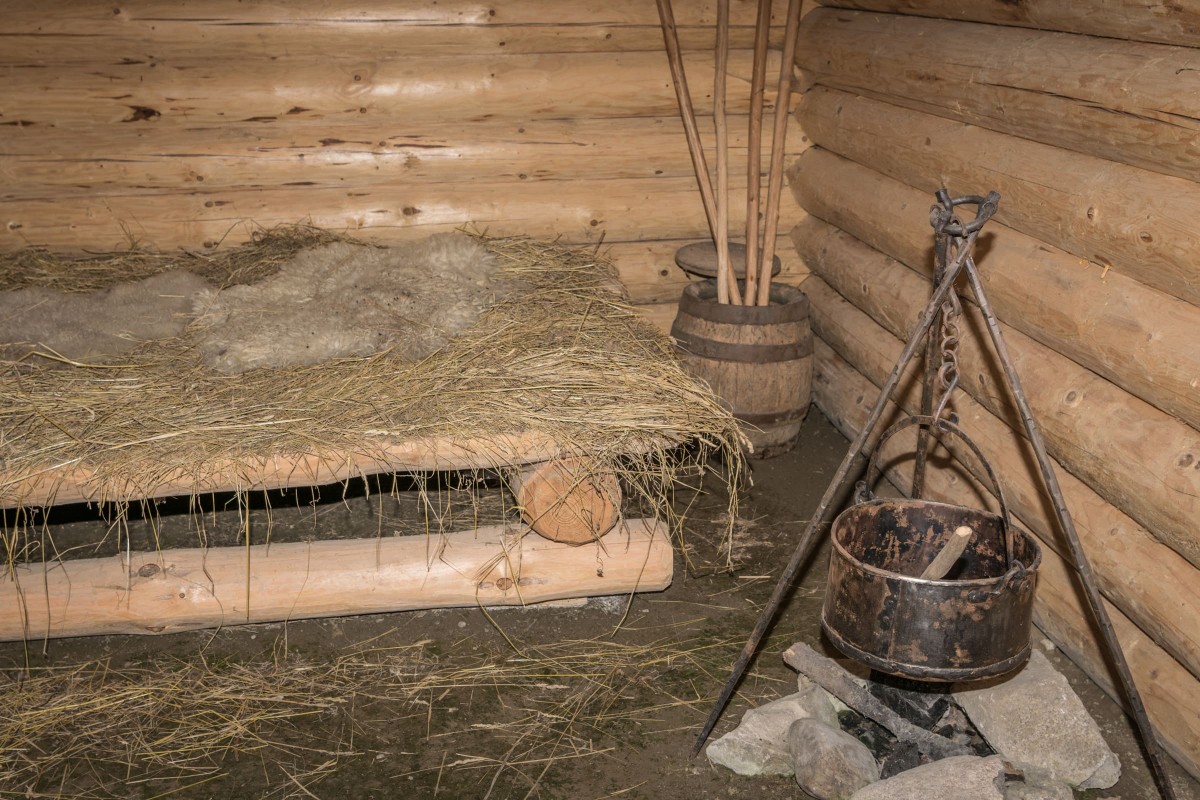
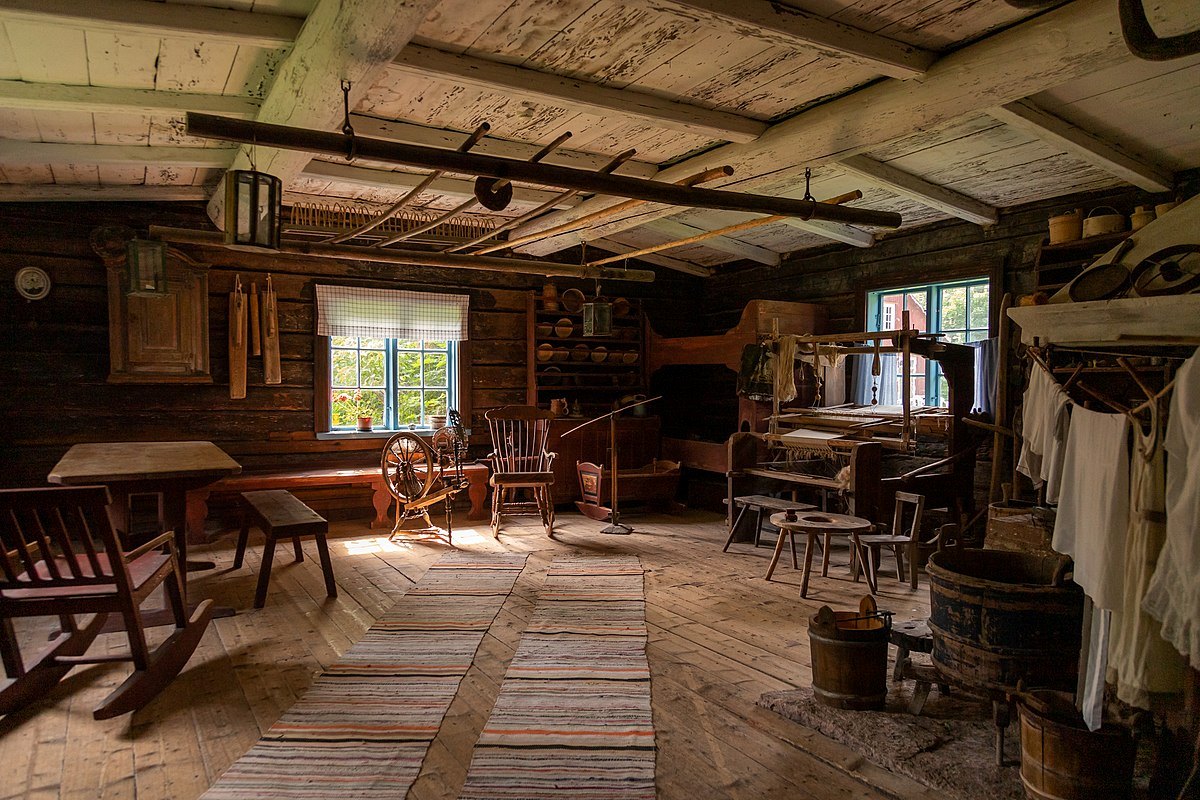



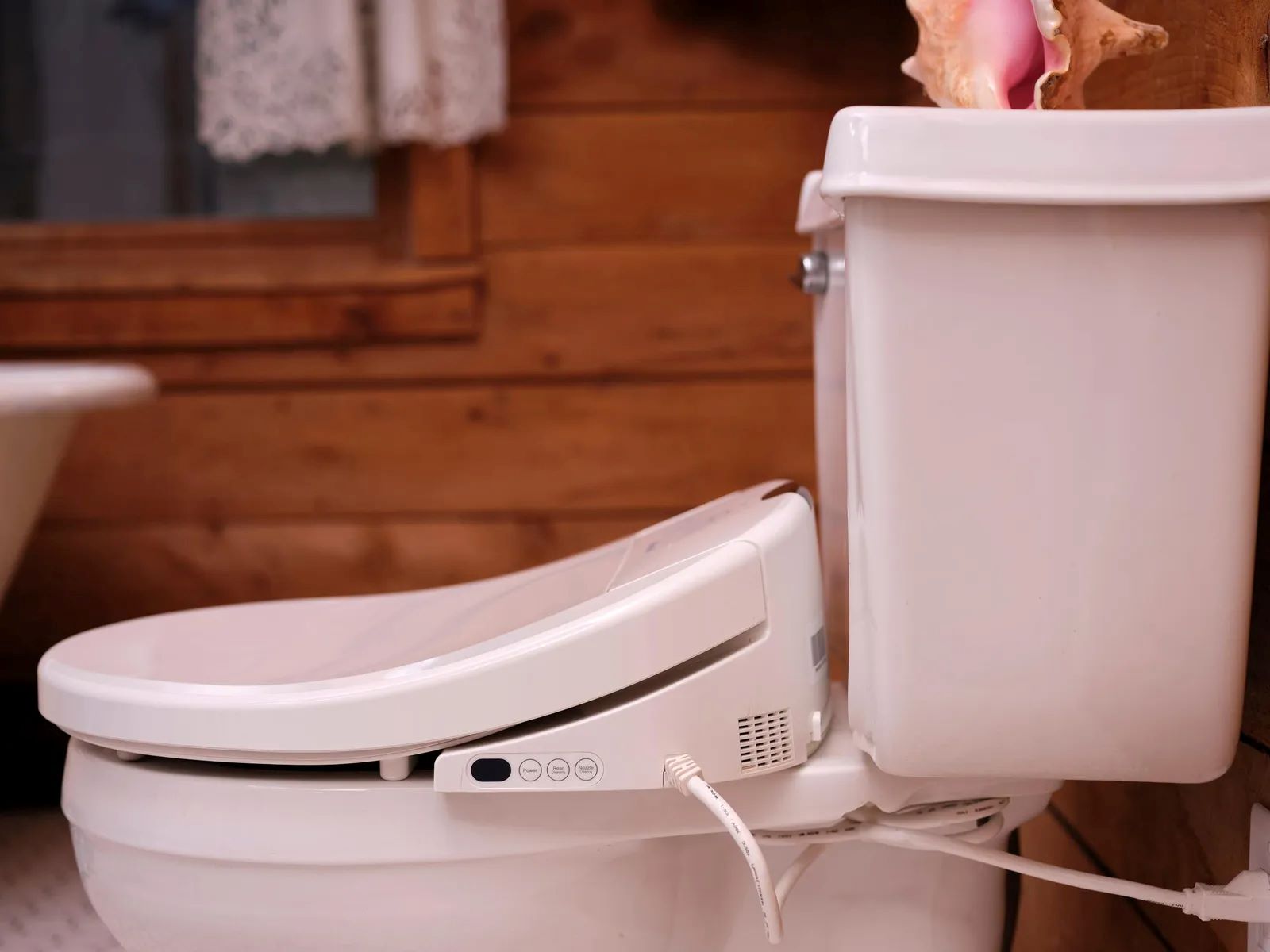

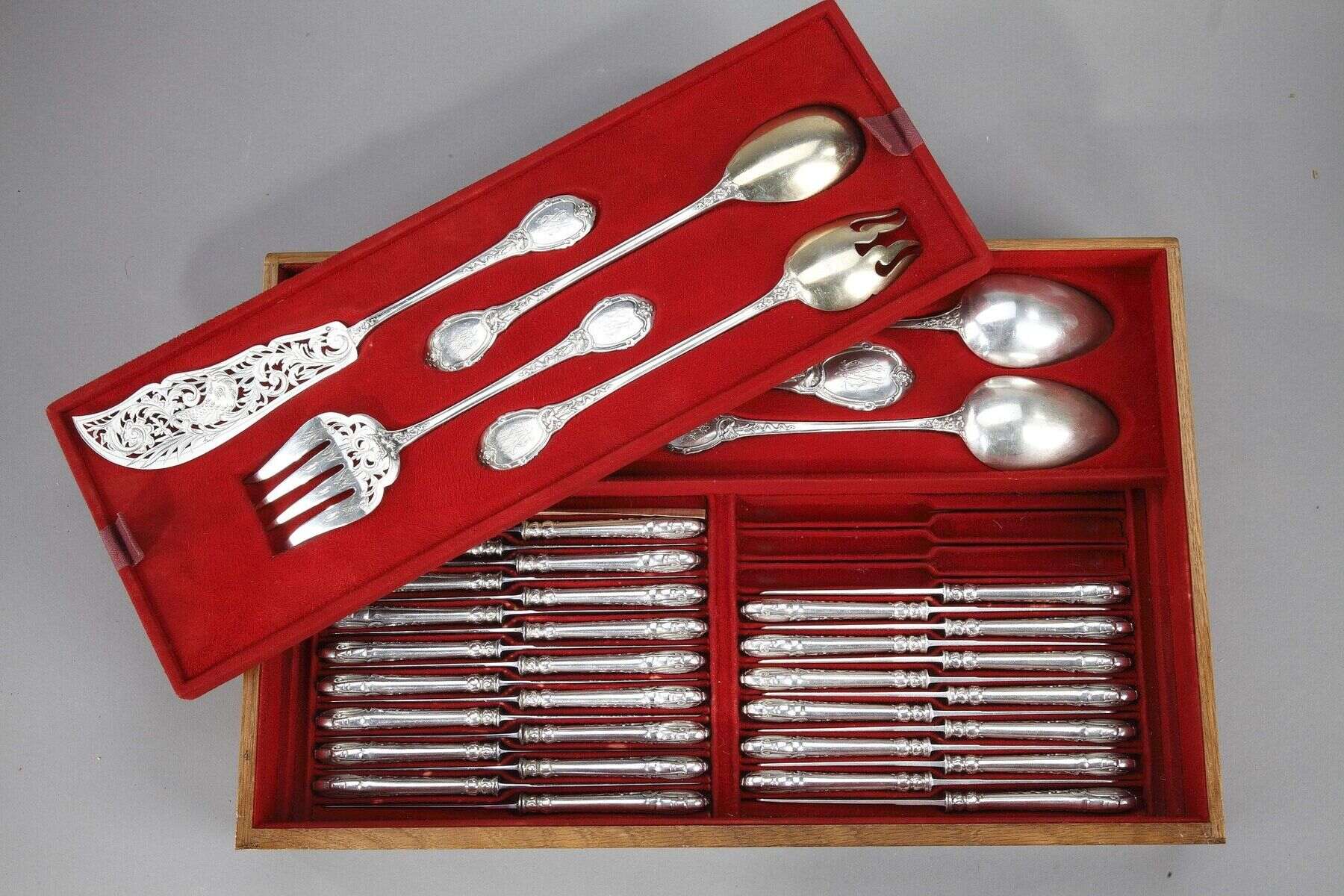
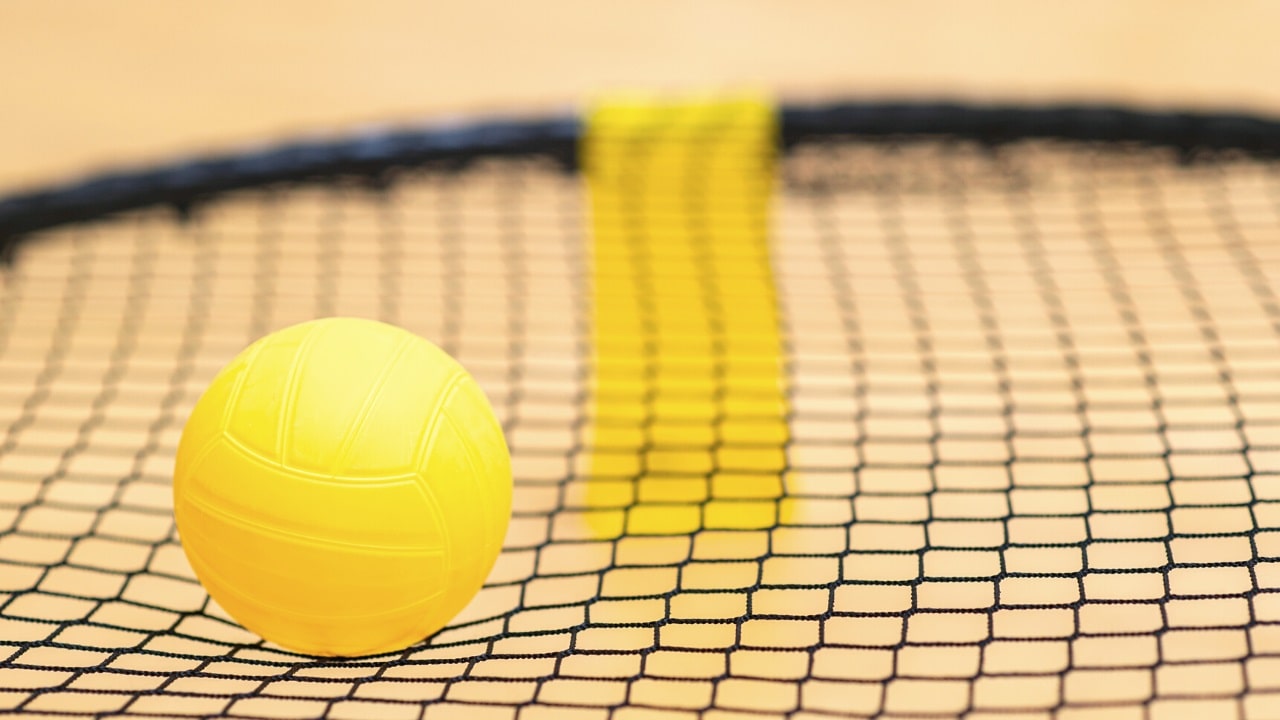
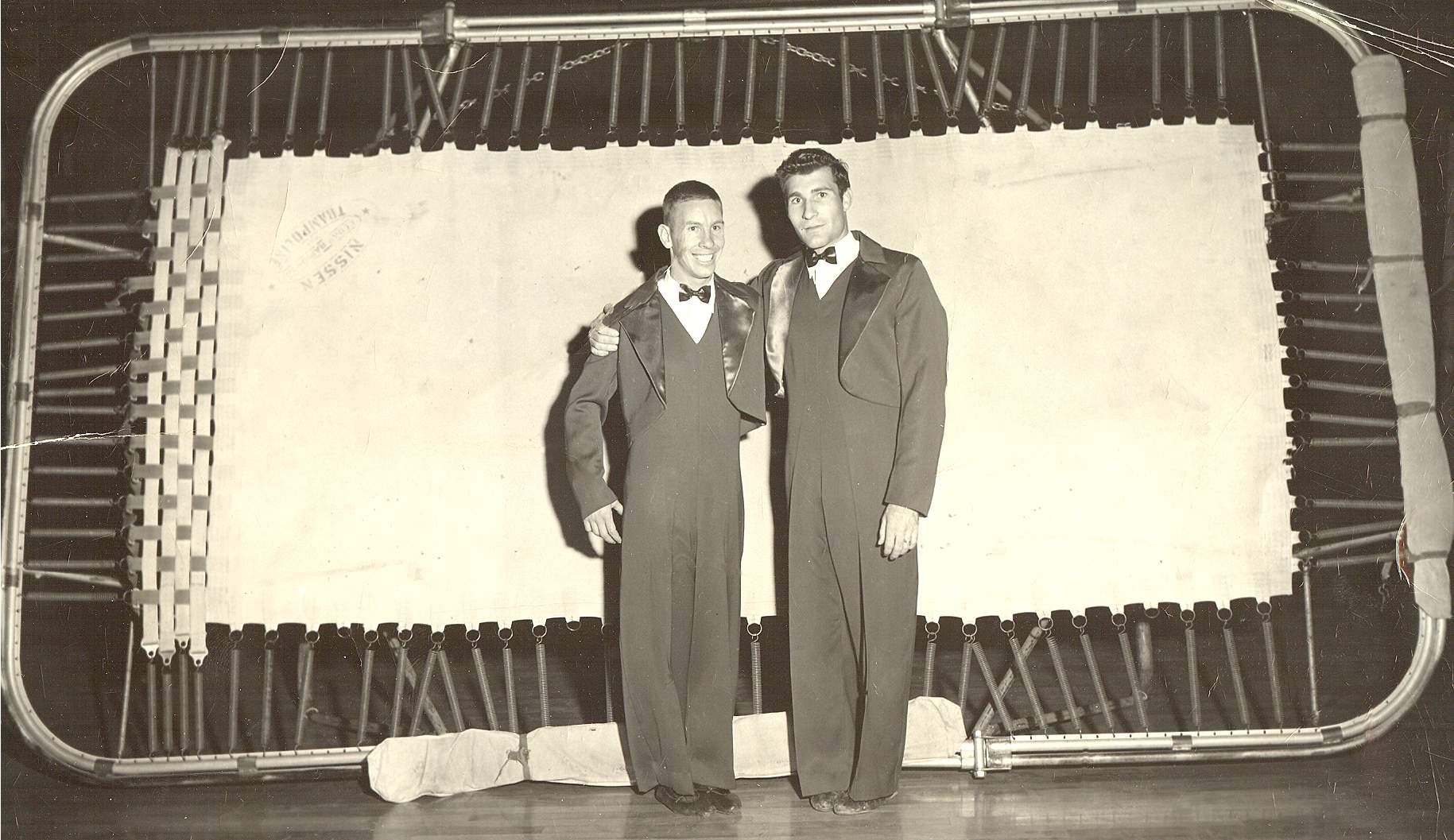

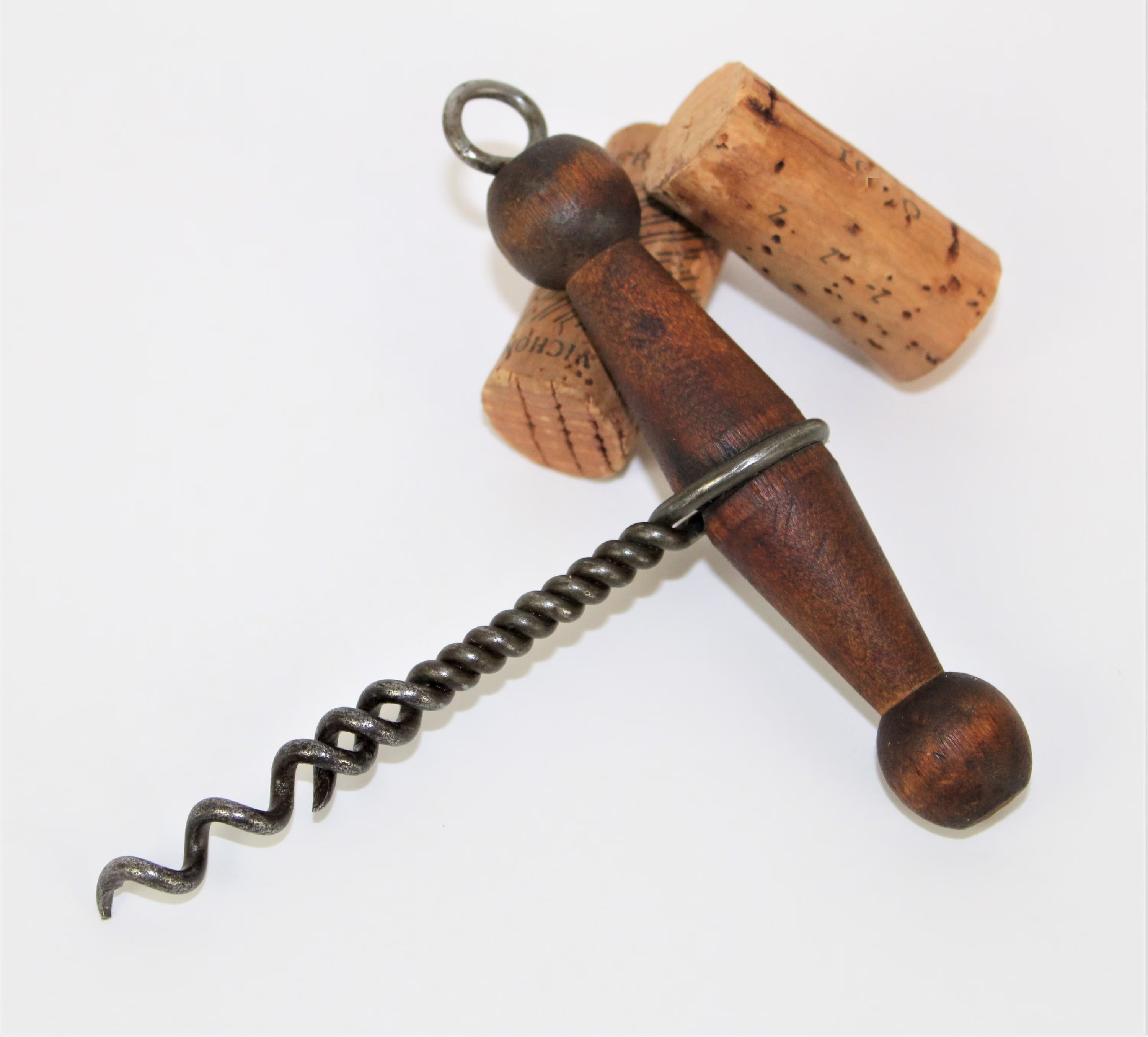

0 thoughts on “Who Invented The Glass Harmonica”